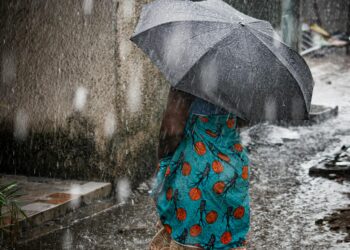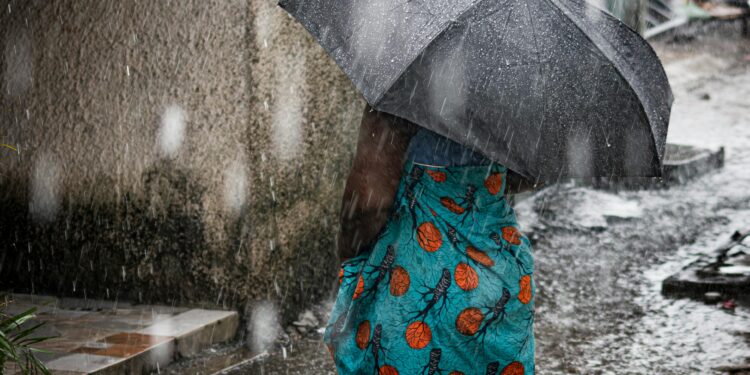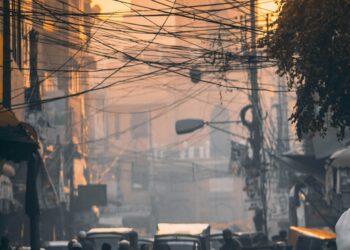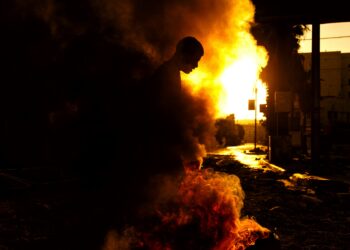Heavy rains and relentless floods have wreaked havoc across Kenya since March, leaving a trail of destruction and displacing hundreds of thousands of people. The death toll has climbed to a staggering 181, surpassing the casualties caused by floods triggered by the El Nino weather phenomenon just last year.

Why it Matters
The central Kenyan town of Mai Mahiu bears the brunt of the tragedy, where at least 48 people perished in flash floods on Monday. Search efforts continue with the help of military personnel and sniffer dogs, as two more bodies were recovered from the debris on Wednesday.
- The relentless downpour has caused widespread damage, destroying homes, roads, bridges, and other crucial infrastructure. Rescue teams from the Kenya Red Cross are working tirelessly to save residents trapped in their flooded homes in Kitengela and tourists stranded at camps in Narok.
- The national highways authority has been forced to close a section of a major highway leading to Nairobi and several other roads across the country due to flooding and debris.
What They Are Saying?
The magnitude of this disaster has even reached the Vatican, prompting Pope Francis to express his deep sympathy with the Kenyan people during his general audience. He acknowledged the tragic loss of life, injuries, and widespread devastation caused by the floods.
“I … wish to express to the people of Kenya my spiritual closeness at this time as severe flooding has tragically taken the lives of many of our brothers and sisters, injured others and caused widespread destruction,” he said.
Bottom Line
This unprecedented flooding comes after East Africa endured its worst drought in decades last year, highlighting the region’s vulnerability to extreme weather events. The ongoing rescue and relief efforts paint a grim picture of the immense challenge Kenya faces in the aftermath of this natural disaster.

















